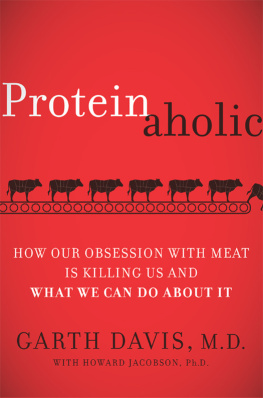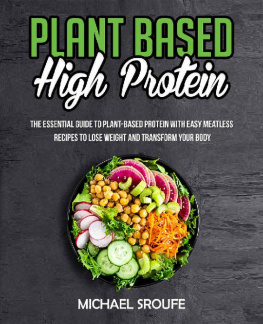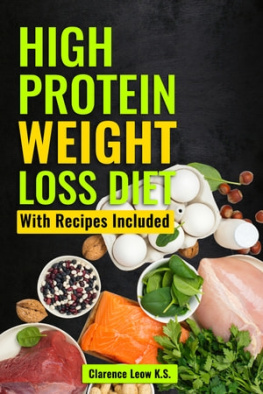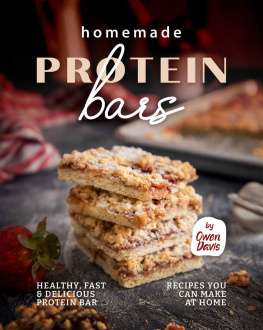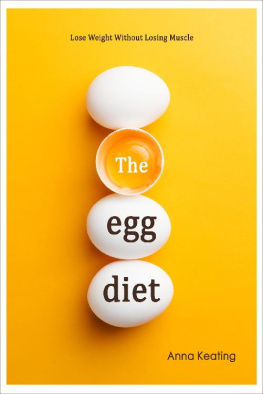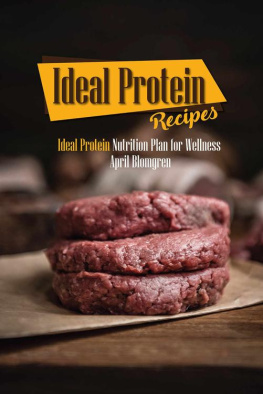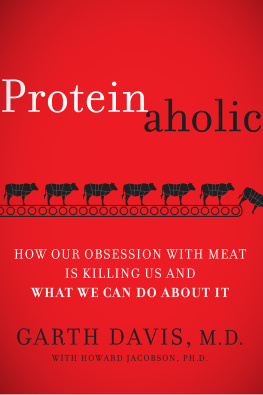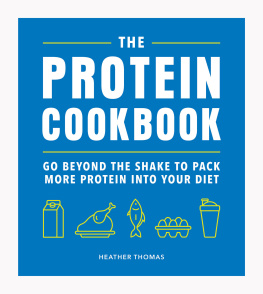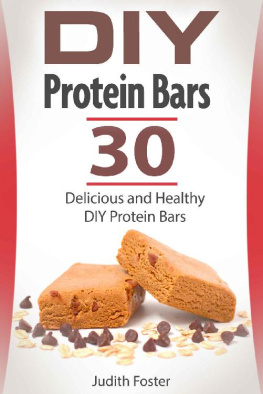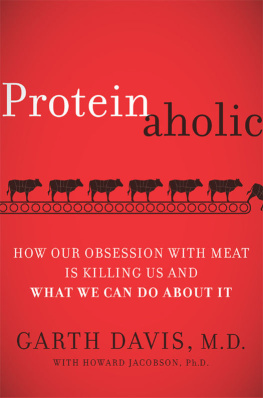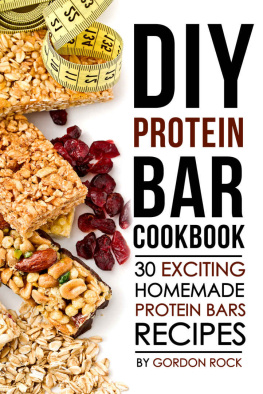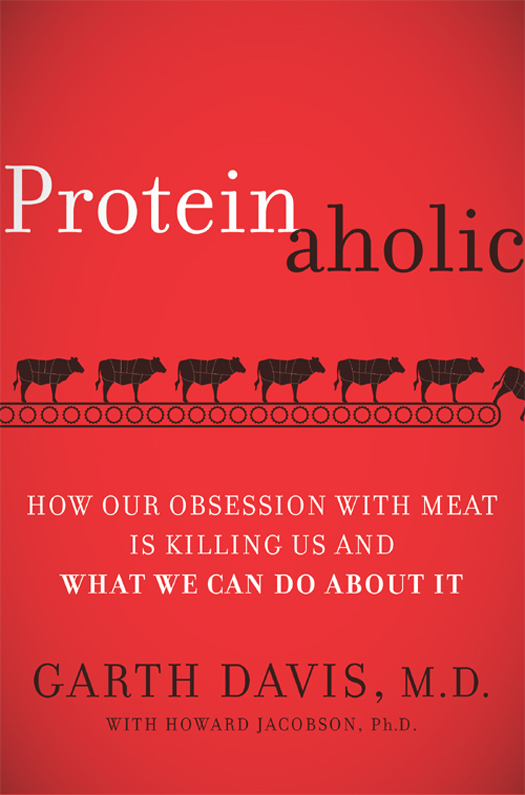Contents
Guide
T his book has been an absolute labor of love, not just for me, but also for my family. After long workweeks, I spent many long weekends in the library studying all this research, and that has taken me away from that which is so special to me. The other day my six-year-old daughter asked me when I would be done with the book so we could play together and talk together and be together. To my daughters, Avery and Dylan, I am done, and I love you for all the times I made you turn off the TV, and all the times I couldnt go roller-skating. I promise I will make it up to you.
To my beautiful wife, thank you so much for your patience. Thanks for being my sounding board, my psychiatrist, and my rock. Most of all, thank you for taking this journey with me.
I would also like to thank my father who has evolved from a parent to a teacher, to a partner, and to a friend. Thanks for always caring so much. I so appreciate you reviewing this book, and your simple words, This book must be published, meant so much to me.
I cannot give enough thanks to Gideon Weil, my editor. This book could never have been published by anybody else. When I brought the idea for the book to Gideon, it was simply a vague notion. Gideon was the one who asked me what I thought was the foremost problem in this country when it comes to nutrition. My answer was, of course, the fact that we are a country of proteinaholics, but it took his keen sense to make me realize it. I am not sure if Gideon has worked with a surgeon before, and I doubt he will again. Thank you so much for allowing me to miss so many deadlines and sticking with me for years before I could deliver to you exactly what I wanted to say.
Finally, I would like to thank my friend Howard Jacobson for helping me tie my thoughts together. If it were not for Howard, this book would never have been finished. Howard became my compass. He took what I had written and made it readable and logical. I cannot thank you enough.
Abelow, B. J., Holford, T. R., & Insogna, K. L. (1992). Cross-cultural association between dietary animal protein and hip fracture: a hypothesis. Calcif Tissue Int, 50(1), 1418.
Acheson, K. J., Schutz, Y., Bessard, T., Anantharaman, K., Flatt, J. P., & Jquier, E. (1988). Glycogen storage capacity and de novo lipogenesis during massive carbohydrate overfeeding in man. Am J Clin Nutr, 48(2), 240247.
Adam, O., Beringer, C., Kless, T., Lemmen, C., Adam, A., Wiseman, M.,... Forth, W. (2003). Anti-inflammatory effects of a low arachidonic acid diet and fish oil in patients with rheumatoid arthritis. Rheumatol Int, 23(1), 2736. doi:10.1007/s00296-002-0234-7
Adam, T. C., Hasson, R. E., Ventura, E. E., Toledo-Corral, C., Le, K. A., Mahurkar, S.,... Goran, M. I. (2010). Cortisol is negatively associated with insulin sensitivity in overweight Latino youth. J Clin Endocrinol Metab, 95(10), 47294735. doi:10.1210/jc.2010-0322
Adeva, M. M., & Souto, G. (2011). Diet-induced metabolic acidosis. Clin Nutr, 30(4), 416421. doi:10.1016/j.clnu.2011.03.008
Ahmadi-Abhari, S., Luben, R. N., Powell, N., Bhaniani, A., Chowdhury, R., Wareham, N. J.,... Khaw, K. T. (2014). Dietary intake of carbohydrates and risk of type 2 diabetes: the European Prospective Investigation into Cancer-Norfolk study. Br J Nutr, 111(2), 342352. doi:10.1017/S0007114513002298
Akbaraly, T., Sabia, S., Hagger-Johnson, G., Tabak, A. G., Shipley, M. J., Jokela, M.,... Kivimaki, M. (2013). Does overall diet in midlife predict future aging phenotypes? A cohort study. Am J Med, 126(5), 411419. e413. doi:10.1016/j.amjmed.2012.10.028
Aldoori, W. H., Giovannucci, E. L., Stampfer, M. J., Rimm, E. B., Wing, A. L., & Willett, W. C. (1997). Prospective study of diet and the risk of duodenal ulcer in men. Am J Epidemiol, 145(1), 4250.
Alford, B. B., Blankenship, A. C., & Hagen, R. D. (1990). The effects of variations in carbohydrate, protein, and fat content of the diet upon weight loss, blood values, and nutrient intake of adult obese women. J Am Diet Assoc, 90(4), 534540.
Alhassan, S., Kim, S., Bersamin, A., King, A. C., & Gardner, C. D. (2008). Dietary adherence and weight loss success among overweight women: results from the A TO Z weight loss study. Int J Obes (Lond), 32(6), 985991. doi:10.1038/ijo.2008.8
Allam, A. H., Thompson, R. C., Wann, L. S., Miyamoto, M. I., Nur El-Din, A. l.-H., El-Maksoud, G. A.,... Thomas, G. S. (2011). Atherosclerosis in ancient Egyptian mummies: The Horus study. JACC Cardiovasc Imaging, 4(4), 315327. doi:10.1016/j.jcmg.2011.02.002
Allen, N. E., Appleby, P. N., Davey, G. K., Kaaks, R., Rinaldi, S., & Key, T. J. (2002). The associations of diet with serum insulin-like growth factor I and its main binding proteins in 292 women meat-eaters, vegetarians, and vegans. Cancer Epidemiol Biomarkers Prev, 11(11), 14411448.
Allen, N. E., Appleby, P. N., Davey, G. K., & Key, T. J. (2000). Hormones and diet: low insulin-like growth factor-I but normal bioavailable androgens in vegan men. Br J Cancer, 83(1), 9597. doi:10.1054/bjoc.2000.1152
Alpha-Tocopherol, Beta Carotene Cancer Prevention Study Group. The effect of vitamin E and beta carotene on the incidence of lung cancer and other cancers in male smokers. (1994). N Engl J Med, 330(15), 10291035. doi:10.1056/NEJM199404143301501
Alvarez-Len, E. E., Romn-Vias, B., & Serra-Majem, L. (2006). Dairy products and health: a review of the epidemiological evidence. Br J Nutr, 96(1 Suppl), S94S99.
Anderson, A. S., Haynie, K. R., McMillan, R. P., Osterberg, K. L., Boutagy, N. E., Frisard, M. I.,... Hulver, M. W. (2015). Early skeletal muscle adaptations to short-term high-fat diet in humans before changes in insulin sensitivity. Obesity (Silver Spring), 23(4), 720724. doi:10.1002/oby.21031
Anderson, J. W., Johnstone, B. M., & Cook-Newell, M. E. (1995). Meta-analysis of the effects of soy protein intake on serum lipids. N Engl J Med, 333(5), 276282. doi:10.1056/NEJM199508033330502
Appel, L. J. (2008). Dietary patterns and longevity: Expanding the blue zones. Circulation, 118(3), 214215. doi:10.1161/CIRCULATIONAHA.108.788497
Appel, L. J., Moore, T. J., Obarzanek, E., Vollmer, W. M., Svetkey, L. P., Sacks, F. M.,... Karanja, N. (1997). A clinical trial of the effects of dietary patterns on blood pressure. DASH Collaborative Research Group. N Engl J Med, 336(16), 11171124. doi:10.1056/NEJM199704173361601
Appel, L. J., Sacks, F. M., Carey, V. J., Obarzanek, E., Swain, J. F., Miller, E. R.,... OCR Group. (2005). Effects of protein, monounsaturated fat, and carbohydrate intake on blood pressure and serum lipids: Results of the OmniHeart randomized trial. JAMA, 294(19), 24552464. doi:10.1001/jama.294.19.2455
Appleby, P., Roddam, A., Allen, N., & Key, T. (2007). Comparative fracture risk in vegetarians and nonvegetarians in EPIC-Oxford. Eur J Clin Nutr, 61(12), 14001406. doi:10.1038/sj.ejcn.1602659
Appleby, P. N., Allen, N. E., & Key, T. J. (2011). Diet, vegetarianism, and cataract risk. Am J Clin Nutr, 93(5), 11281135. doi:10.3945/ajcn.110.004028
Appleby, P. N., Davey, G. K., & Key, T. J. (2002). Hypertension and blood pressure among meat eaters, fish eaters, vegetarians and vegans in EPIC-Oxford. Public Health Nutr, 5(5), 645654. doi:10.1079/PHN2002332
Appleby, P. N., Key, T. J., Thorogood, M., Burr, M. L., & Mann, J. (2002). Mortality in British vegetarians. Public Health Nutr, 5(1), 2936. doi:10.1079/PHN2001248

